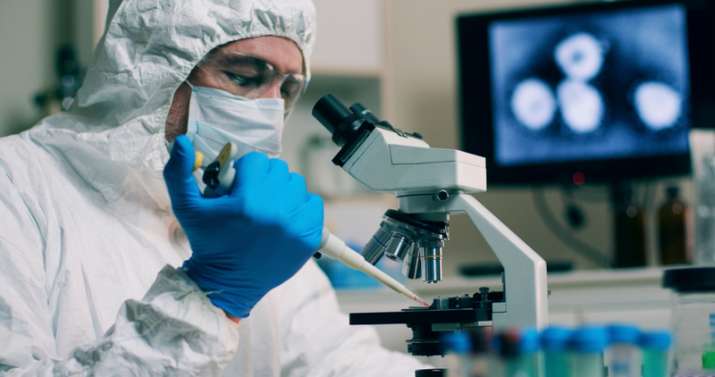A new study by laboratories in Hyderabad and Mohali has found fresh evidence that the risk of airborne transmission of the novel coronavirus is quite low if sufficient physical distance is maintained and prolonged interaction with an infected person is avoided.
The transmission of SARS-CoV2 was initially thought to be happening mainly through contact and droplets coming out during speech, coughs, or sneezes. But several studies later reported transmission among people who were suitably distanced but had shared enclosed spaces, like a closed room or vehicle. That suggested that the virus possibly travels in the air to far greater distances than the two to three feet that was originally considered as the zone of risk.
Scientists at two laboratories of the Centre of Scientific & Industrial Research (CSIR), the Centre for Cellular and Molecular Biology in Hyderabad, and Institute of Microbial Technology in Chandigarh, have studied the extent of transmission through air. The study, conducted in hospitals in these two cities, found that the risk of exposure in closed rooms through airborne transmission was higher if there were more infected people present, but that in normal circumstances the virus was not found more than four feet from the infected person. The study has said that demarcating Covid and non-Covid areas in hospitals was a good strategy, and that masks were still very effective.





